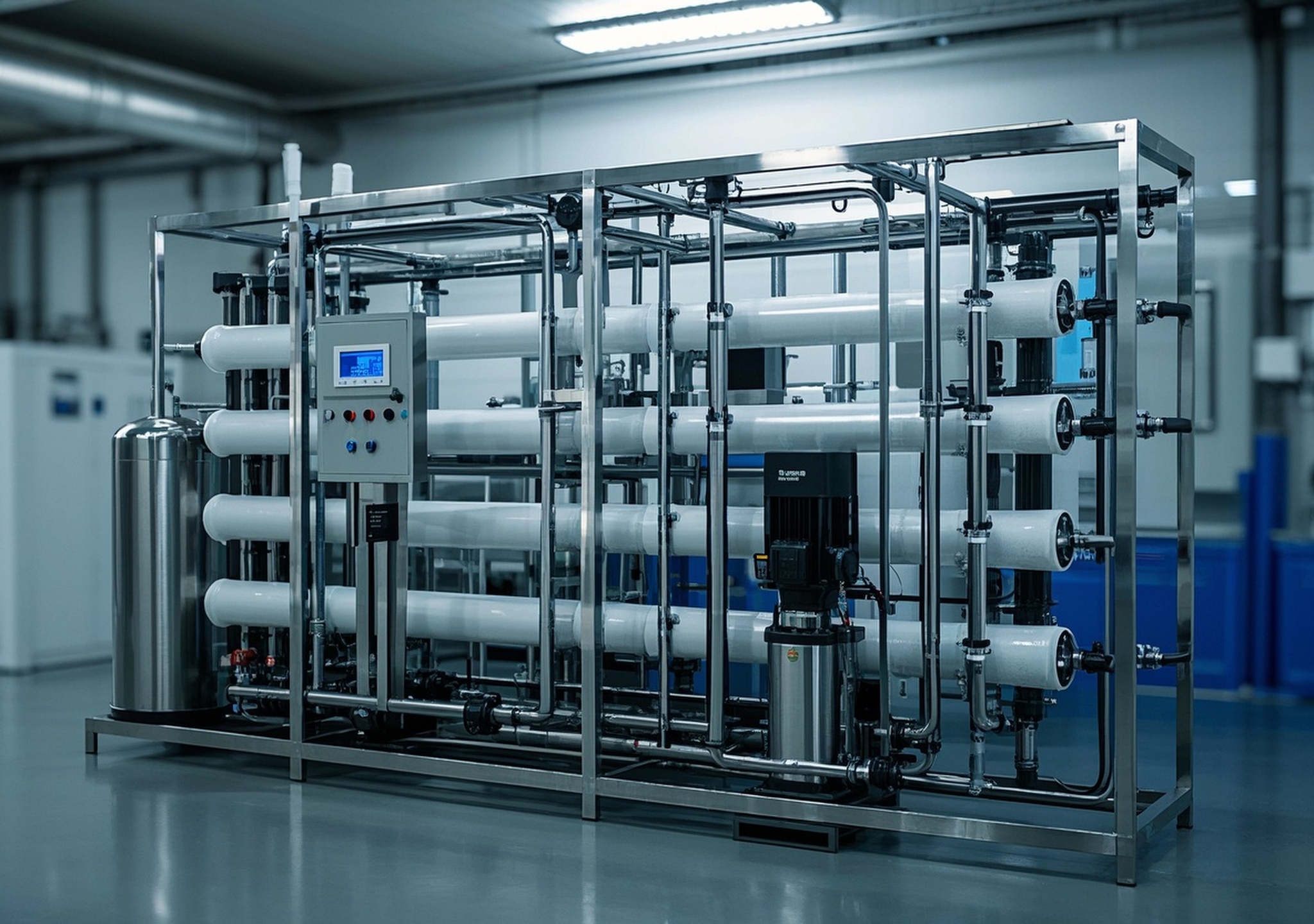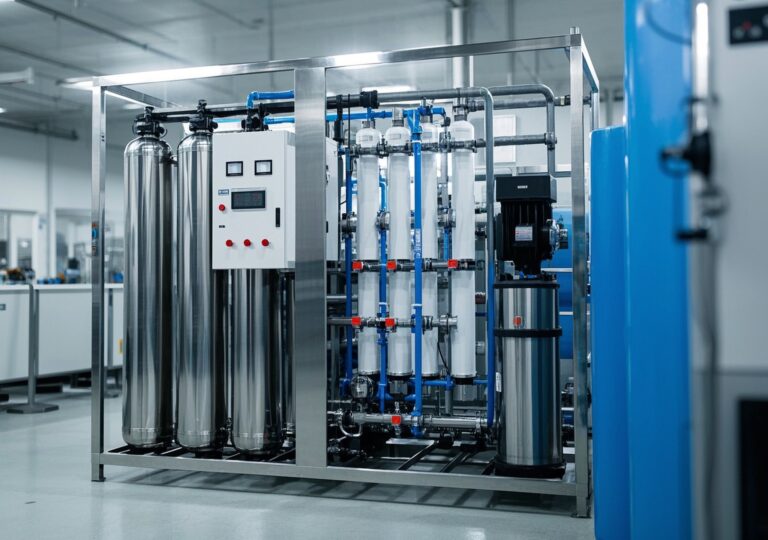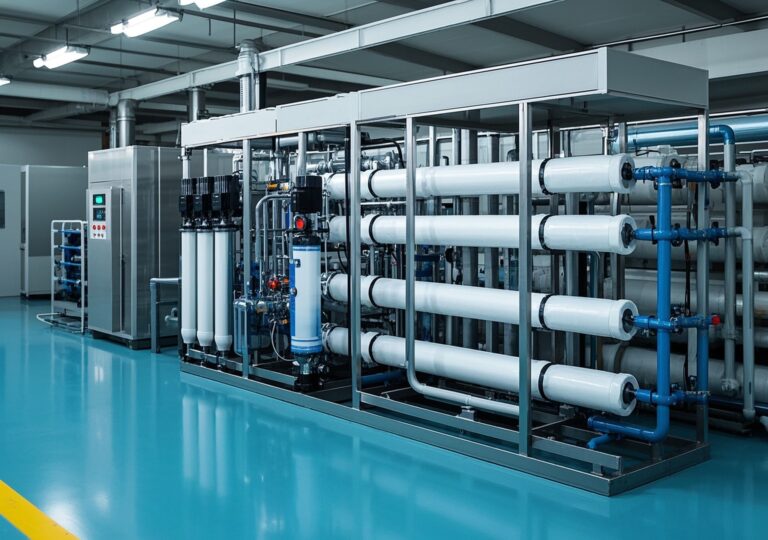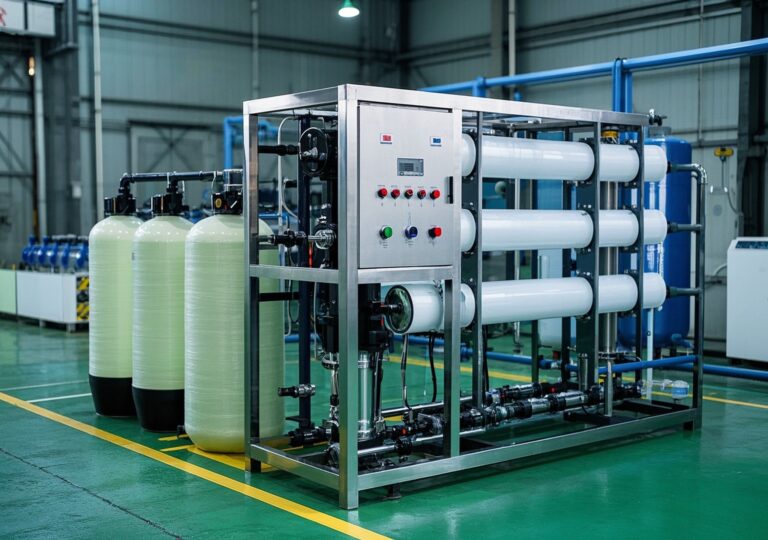Xenial Perspectives: Water Reverse Osmosis System Enhances Process Reliability

Xenial Perspectives: How Water Reverse Osmosis System Enhances Process Reliability in Industrial Water Treatment
Industrial water purification is a critical concern across sectors such as mining, pharmaceuticals, food processing, and municipal utilities. Among purification technologies, the water reverse osmosis system stands out for its effectiveness, reliability, and adaptability. This comprehensive overview explores the technological underpinnings, economic considerations, performance characteristics, and field applications of industrial reverse osmosis (RO) systems, helping professionals optimize their water treatment strategies.
1. Product Overview: Types, Functionality, and Industry Applications
Water reverse osmosis systems are engineered to remove dissolved solids, contaminants, and microorganisms from water by forcing it through semi-permeable membranes. These systems are modular and scalable, with configurations tailored to the purity requirements and flow rates of diverse industries.
- Types: Systems typically range from standard membrane filtration units to multi-stage RO setups with integrated pre- and post-treatment modules.
- Functions: They primarily reduce Total Dissolved Solids (TDS), organic compounds, salts, and microbes, producing purified water suitable for sensitive industrial processes.
- Industry Adaptability: Common domains include:
- Mining – for process water reclamation and reducing mineral fouling risks
- Food & Beverage – providing ultra-pure water to ensure product quality and shelf life
- Pharmaceuticals & Cosmetics – for formulations requiring extremely low contaminants
- Laboratories – supplying consistent ultrapure water for testing and R&D
- Municipal & Boiler Feed – treating underground, river, or municipal water sources to meet operational standards
2. Technical Principles and Core Components
The fundamental operating principle of a water reverse osmosis system is membrane separation under applied pressure:
- Membrane Technology: A semi-permeable membrane allows water molecules to pass while rejecting salts, organic molecules, and pathogens. Industrial membranes can remove 97-99% of dissolved solids.
- Pressure Application: High pressure forces feedwater through membranes overcoming osmotic pressure; typical operating pressures vary by application.
- Pre-treatment Modules: Include filtration (sand, carbon), anti-scalants, and pH adjustment to protect membranes and optimize performance.
- Automated Controls: Modern systems feature programmable logic controllers (PLCs) and sensors for real-time monitoring of flow, pressure, and water quality parameters, enabling predictive maintenance and minimizing downtime.
- Post-treatment Options: Remineralization or UV sterilization modules tailor output water for specific end-uses.
Through these integrated technologies, RO systems ensure consistent, high-purity water that meets strict industrial standards.
3. Price Analysis: Cost Structure and Long-Term Investment
Understanding the pricing structure is essential to evaluate the cost-effectiveness of water reverse osmosis systems. Typical cost components include:
| Cost Element | Description | Typical Percentage of Total Cost |
|---|---|---|
| Base System | Membranes, pressure vessels, pumps, and mainframe | 60-70% |
| Pre-Treatment & Auxiliary Equipment | Filters, chemical dosing, piping, instrumentation | 15-20% |
| Installation & Commissioning | Labor, calibration, initial testing | 5-10% |
| Operation & Maintenance | Membrane replacement, energy consumption, routine servicing | Ongoing / yearly |
While initial capital expenditure is significant, operational costs can be optimized by selecting energy-efficient pumps, incorporating automation, and scheduling maintenance to extend membrane lifespan. These factors improve return on investment (ROI) over the system’s 10-15 year useful life.
4. Performance Specifications and Quality Assurance
Reliable water reverse osmosis systems meet stringent technical criteria including:
- Rejection Rate: 97-99% removal of TDS and salts
- Flow Rate: Configurable from a few cubic meters to thousands per hour
- Recovery Rate: 65-85%, influenced by feedwater quality and system design
- Material Standards: NSF/ANSI certified membranes, stainless steel or FRP frames resistant to corrosion
- Control Accuracy: Real-time data logging with fail-safe alarms
Comprehensive quality control during fabrication includes membrane integrity testing, pressure vessel certification, and factory acceptance tests to guarantee consistent operational efficacy.
5. Market and Application Landscape
The global water treatment sector is witnessing robust growth, projected from USD 38.56 billion in 2023 to USD 66.98 billion by 2030, driven by industrial expansion and water scarcity. The water reverse osmosis system market commands over 28% of this segment, underscoring its leadership in purification technologies (Grand View Research, 2023).
Water source variability in different regions influences system configuration:
- Hard or brackish groundwater: Demands higher-pressure, multi-stage RO with pre-treatment to prevent scaling.
- Municipal or surface water: May require more robust filtration to handle organic compounds and turbidity.
- Industrial process water: Tailored to meet specifications for pharmaceutical purity or semiconductor-grade water.
RO systems’ adaptability allows industries to meet tightening regulatory standards and corporate sustainability goals by reducing water waste and avoiding chemical contaminants.
6. Case Studies: Demonstrating Industrial Benefits
In my experience consulting for a mid-sized pharmaceutical plant, the implementation of a dual-stage water reverse osmosis system reduced feedwater TDS from 1200 ppm to under 20 ppm. This improvement led to a 15% increase in yield consistency and a 12% reduction in batch rejection rates within six months post-installation.
Similarly, a food processing facility I supervised integrated RO with automated controls to manage variable river water quality. The system handled peak flows up to 500 m³/day with 80% recovery and reduced downtime by 30% through remote monitoring and predictive maintenance.
In a mining operation, deploying RO systems for process water recycling decreased freshwater consumption by 40%, contributing to the company’s sustainability targets and reducing operational costs by approximately $250,000 annually.
7. Custom Solutions and Service Support
Understanding the variability in industrial water treatment demands, modern RO suppliers offer tailored solutions including:
- Custom pre-treatment: Iron removal, softening, anti-scaling dosing specific to feedwater conditions.
- Modular design: Scalability for future capacity expansions without full system replacement.
- Post-treatment: UV sterilization, remineralization for taste adjustment or process requirements.
- Comprehensive service: Installation oversight, operator training, 24/7 remote diagnostics, and scheduled maintenance contracts to maximize uptime.
These offerings reduce client risk, increase operational transparency, and ensure longevity of equipment performance.
8. Manufacturer Credentials and Collaboration Advantages
Industry-leading RO system manufacturers demonstrate competence via:
- International certifications such as ISO 9001, NSF/ANSI standards compliance
- Proven track records with clients in high-regulation sectors
- Investment in R&D for next-generation membranes offering higher permeability and fouling resistance
- Collaborative engineering approach, enabling sites to tailor solutions to site-specific challenges
Choosing partners with such credentials ensures alignment with best practices and access to continuous technological improvements.
9. Conclusion and Investment Recommendations
Industrial adoption of water reverse osmosis systems significantly enhances process reliability, product quality, and sustainability. The technology’s ability to consistently deliver high-purity water, combined with ongoing advances in membrane efficiency and automation, makes it a prudent long-term investment.
To maximize ROI, decision-makers should consider:
- Comprehensive assessment of feedwater characteristics and process water demand
- Investment in quality membranes and control systems with built-in monitoring
- Integration of tailored pre- and post-treatment stages to prolong membrane life and meet output requirements
- Engagement with experienced service providers offering lifecycle support
By aligning technological choices with operational goals and environmental constraints, industries can leverage RO systems to sustain competitive advantage and comply with evolving regulatory landscapes.
References and Data Sources
- Grand View Research, “Water Treatment Systems Market Size, Share Report 2030”
- Research and Markets, “Reverse Osmosis Membrane Market Size & Forecast to 2029”
- Business Research Insights, “Reverse Osmosis (RO) System Market Size & Growth, Forecast”
- Chunke Water Treatment, “Industrial Reverse Osmosis Systems”




